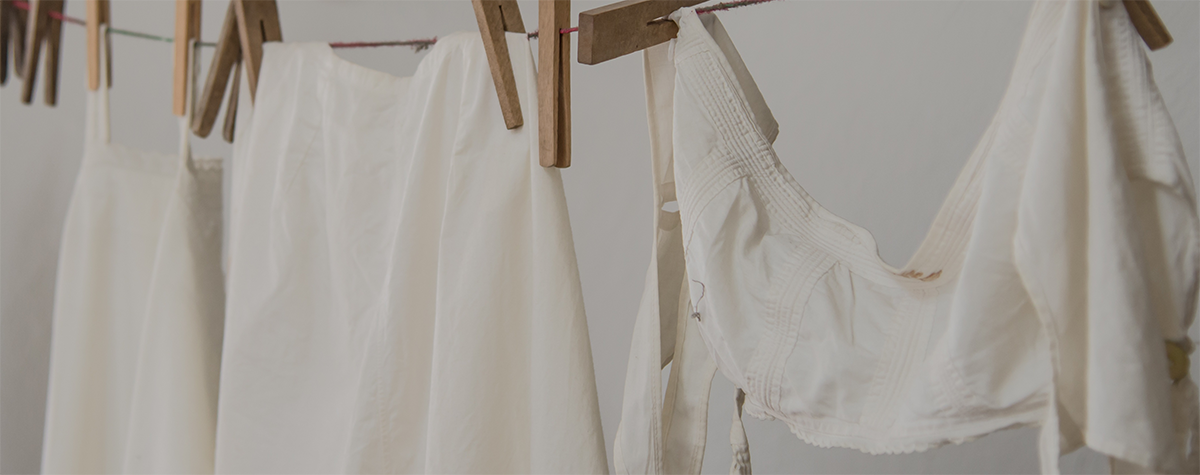If
you use bleach in your wash follow these basic rules.
1
Never
bleach at temperatures higher than 60oc.
2
Never
just pour bleach out of the container to add it, always know how
much you're adding.
3
Never
add undiluted bleach to a load.
4
Dilute
the bleach to the correct concentration before adding it.
5
Add
bleach to a wash once a cycle has started and the drum is
rotating. This will ensure that the solution mixes immediately
in the whole liquor and doesn't concentrate in one area only.
There are four
types of bleach are useful in cleaning fabrics
1. Sodium Hypochlorite
This is normal household bleach and is the only one to feature on care labels. If the label has a triangle on it (not crossed through) then chlorine bleaching is OK. Correct concentration will normally be shown on the bleach container and it is important to follow these instructions and never apply the bleach neat, i.e. directly onto a fabric from the package. Also never use this bleach on wool or silk but on cotton and linen fibres it can produce excellent results.
As temperature increases the activity of the bleach increases so heating the wash will improve the effectiveness of the bleach. However do not exceed 60oc as it becomes increasingly active above this point. Another improvement will occur if the washing solution is alkali. This will slow down the bleach reaction and ensure that it penetrates the whole load. A concentration of 16mg per litre of water or 95g per kilogram of dry weight fabric should be sufficient.
Add the bleach to the normal wash once the machine has started dispensing the detergent. This ensures that the bleach solution doesn't hit one part of the wash with disastrous effect. If soiling is particularly bad repeat the dose of bleach after about 5 minutes, as the bleaches power will have been used up and adding more will not be adding to strength just topping up to the beginning level.
2. Hydrogen Peroxide
Hydrogen peroxide is sometimes preferred to sodium Hypochlorite, which is especially true when using bleach for spotting stains directly and treating wool or silk. The safety of this bleach is due to the fact that the reaction is slower, and sometimes too slow. To speed up the solution add a dilute solution of household ammonia.
You can use this bleach in exactly the same way as Hypochlorite but would have to increase the dosage to obtain the same results.
3. Sodium Hydrosulphite
This bleach has good effect on certain dye stuffs. It is consequently often used as a bleach for removing colour run from a washed load. If it's supplied as such a solution it will come in a measured load and you should follow the instructions.
The application can be hot or cold but it reacts faster
hotter, so for safe and controlled exposure to this bleach start
cold and work hotter.
The one major drawback to using hydrosulphite is that it
gives off a sulpherous smell that is both pungent and
unpleasant. Therefore if you are applying this as a dye remover
you might consider placing the fabric in a bucket in the
garage, to stop the smell in the house.
4. Sodium Perborate
This bleach is quite often used in household detergents because it is easy to blend and store. It is not feasible for non-commercial launderers to use this as a bleach in the laundry.


